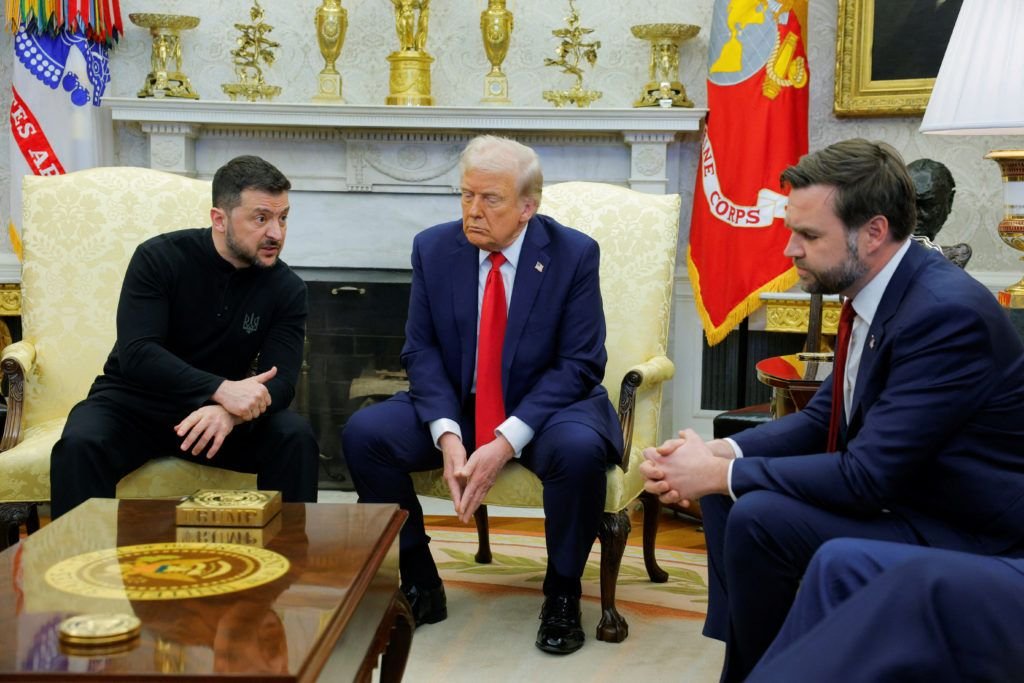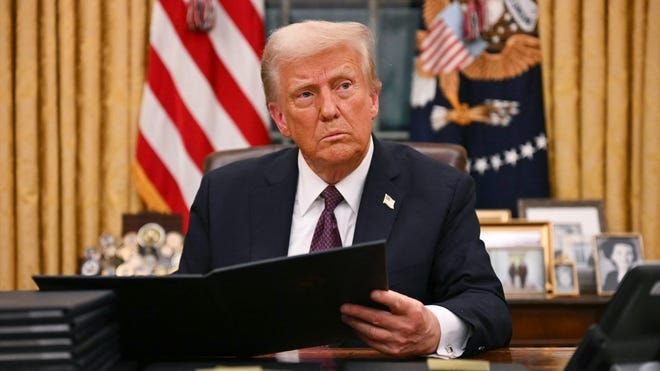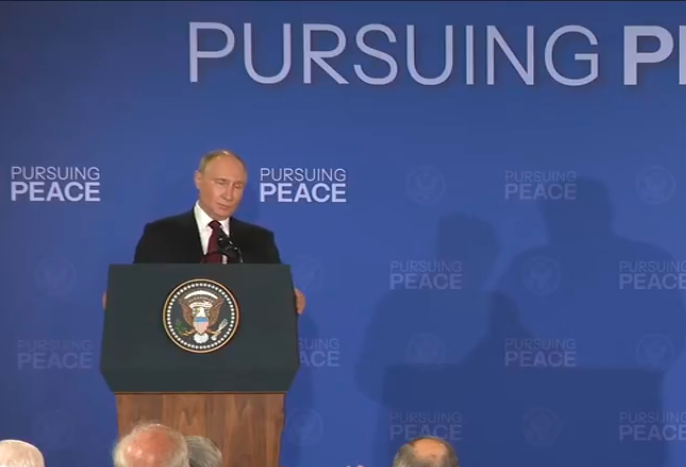Supreme Court Forms New Bench to Rehear Delhi-NCR Stray Dog Case Amid Public Outcry

The Supreme Court on Wednesday announced the constitution of a new three-judge bench to hear the controversial suo motu case concerning stray dogs in Delhi and the National Capital Region (NCR). The decision comes amidst widespread backlash and protests from animal welfare activists and NGOs following the court’s recent directive for the mass relocation of strays. The new bench is scheduled to hear the matter on Thursday, August 14, 2025.
The newly formed special bench will comprise Justices Vikram Nath, Sandeep Mehta, and NV Anjaria. Notably, the judges who issued the initial order—Justices JB Pardiwala and R Mahadevan—are not part of this new composition . The bench will address multiple petitions related to the stray dog issue, including fresh pleas filed against the rounding up of strays, the original suo motu case, a 2024 petition, and another Public Interest Litigation (PIL) mentioned today .
The initial order, passed on Monday, August 11, 2025, had called for the immediate capture and permanent relocation of all stray dogs in Delhi-NCR to shelters within eight weeks . The court had emphasized that these facilities must be adequately staffed for sterilization, deworming, and immunization, and equipped with CCTV cameras to ensure no dogs are released back into public spaces .
The order also directed authorities to begin by creating shelters for 5,000 dogs within the next six to eight weeks, describing it as a “progressive exercise” that would require expanding capacity over time .
The Supreme Court’s earlier directive had sparked considerable debate and criticism, with animal rights advocates arguing it was “inhumane” and contrary to the Animal Birth Control (ABC) Rules, 2023, which mandate that sterilized and vaccinated dogs be returned to their original localities .
The Chief Justice of India, B.R. Gavai, had earlier stated that he would “look into” the issue when an older petition seeking regular sterilization and vaccination of animals was mentioned before his court . This shift to a larger, newly constituted bench signals the court’s acknowledgment of the significant public concerns and legal complexities surrounding the matter .






